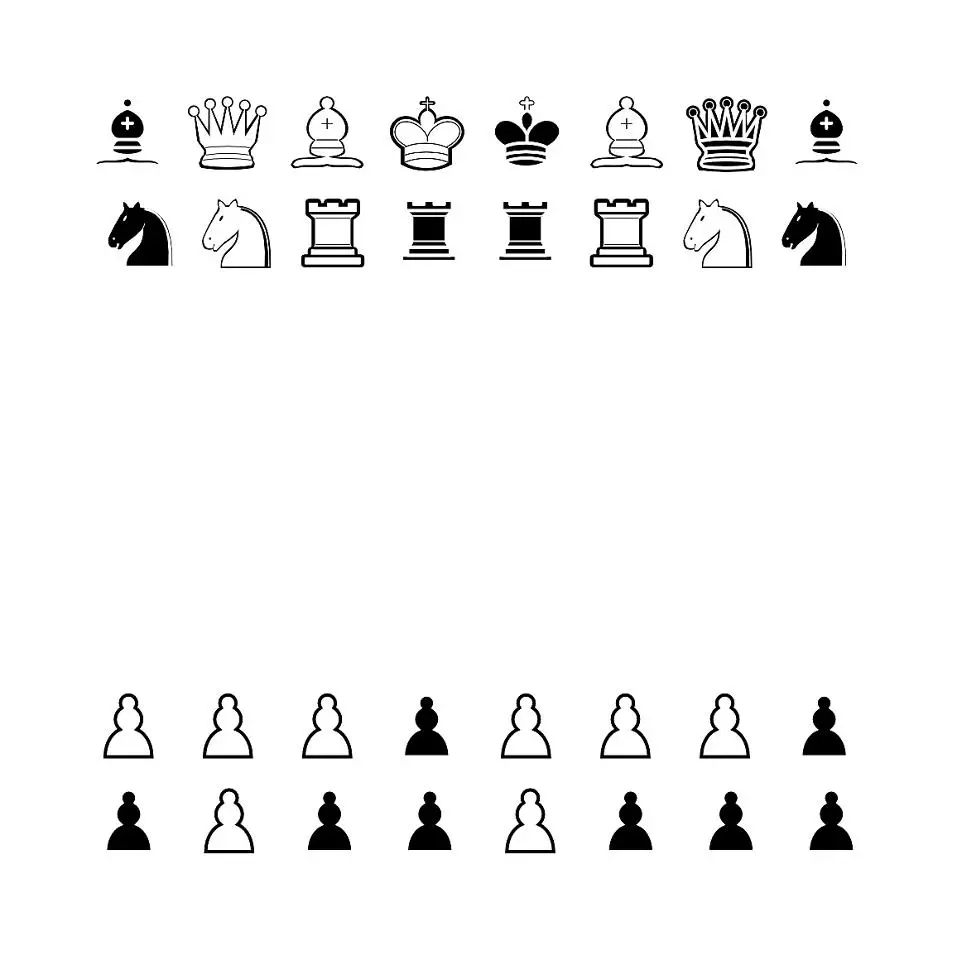Experimenting with making cat litter out of biodegradable newspaper. It was pretty easy. Found a large strainer out on trash day.
- Cut or shred recycled newspaper into ribbons.(above)

- Soak in water with a little biodegradable soap

- Strain and soak in plain water.

- Sprinkle with baking soda and squeeze out water.

Let air dry for several days. I’ll report back on how it worked. :-D
Eventually, I’d like to compost with mycoremediation for non-crop plants.
Are you likely to have enough newspapers to keep up with demand?
Yes, pretty much everything is recycled / reused in the indigenous village that I live in. I bought a big roll of unsold old newspapers for less than $1 and used only a small part for the first batch. They sell them in most of the tiendas to wrap stuff up with. If I were still in the US, I would just go to a county recycle bin and get a big pile for free.
Oh that’s handy!
Pretty cool. Looking forward to the result.
Me too! I hope it works, but if not I have some other ideas for biodegradable litter.
lol our cats name is Kiki. Maybe he really wants this type of littler if he is posting here haha.
lol. Try it and see!
Looking forward to your testing! Litter is expensive and newspaper is cheap (free!)
Yes, my partner is appalled by how much money we spend on it for it to go in the trash. Especially with neighbors struggling with food insecurity. So I’m getting creative!
What’s the function of the baking soda? Disinfectant?
Probably odor control.
Yep, to control odor!
Here is what I’m going to try for mycoremediation:
Litter that is made of compressed newspaper, wheat gluten, or finely powdered corncob debris will work, wheat and corn being the best because they clump, rather than just absorbing urine, which makes it easier to scoop out the soiled litter. Although pine-based litters are fairly incompatible with most cultivated fungi, newer fungal isolates (of Neolentinus lepideus) that will be suitable for use with pine are being developed and will likely be available in a few years. In general, the best species for remediating feline feces are king stropharia and oyster mushrooms.
Scoop the soiled litter into a bucket with a lid to prevent odors from escaping, and periodically cover it with clean, wet biodegradable litter that has been inoculated with fresh spawn. The mycelium will thread its way into the substrate, decomposing and deodorizing the soiled litter in as little as twelve weeks. Run this myceliated litter through a vermicomposting cycle next; don’t mix it into your regular garden compost until it has been thoroughly decomposed by the worms.
how will the ink react to cat urine? Or does it wash off when you soak the paper in soap water?
A lot of it washes off with the soap. I’'ll let you know once it’s dry and I can test it.
good luck


